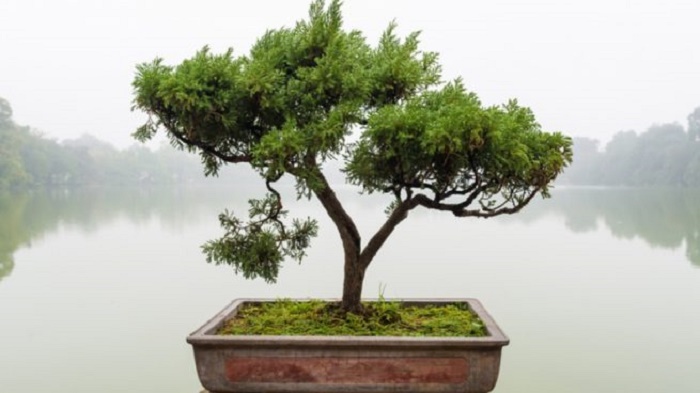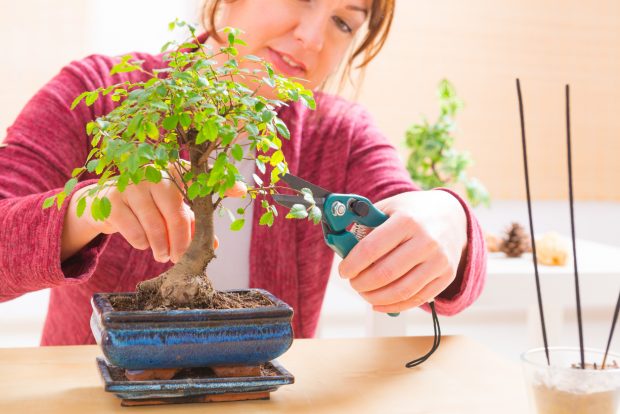
Cultivating a bonsai tree is an art. They are artistic pieces that in the home’s decoration can bring an image of elegance, color and allegory. Bonsai is one of the most delicate plants and one of the most demanding plants. In this article, we brief how to care for a bonsai tree? These small trees are vulnerable to external agents such as light, air, or water. This forces us to be very careful with them to enjoy their beauty inside the home.
How to care for a bonsai tree?
A bonsai is a very delicate plant. It is extremely sensitive to changes in light, air, irrigation, or soil. The first step will be to make sure that our house has a room ready to be the right place for this plant. Keep reading: How to grow Kangaroo paw plant
Watering a bonsai should only be done when the soil dries. It should not be completely dry. If we do not water it in time, the consequences can be fatal for this plant.
During the spring and fall is the right time to put a bit of bonsai fertilizer. It will grow better. Winter and summer are not good times to fertilize the bonsai. The changes in temperatures affect you greatly.

Experts recommend that bonsai be transplanted every two or three years. This step is one of the most delicate that exists. We will take advantage of the leaves and roots so you can settle much better in the new pot.
We prune the bonsai by cutting its leaves and branches, but also the roots. In this way, the bonsai will be strengthened in this process and will be prepared to continue growing with a renewed intensity. The perfect time to carry out this task is the beginning of spring.
The clipping of bonsai is a technique that is done to reduce its size and increase the density of the leaves. It is usually performed by specialists. It is very delicate and can affect the health of the plant.
The fence is a technique for the oriental trunk and branches in the direction we want. It will allow us to give the ideal shape to this small tree.
The bonsai will offer us an ideal hobby to relax. We can see how a very special natural project grows and takes shape, dare with this plant, and the result is worth it.
When should water?
For watering it is best to submerge the pot in which it is in water and then let it drain well, to prevent its roots from rotting and the bonsai to deteriorate. The trick is to not let the earth dry completely. A good way to check it is to sink a toothpick into the ground and see if it comes out dry.
Some bonsai change the color of their leaves and satin black and then fall. This is almost always due to an excess in the amount of irrigation. So, remember that being so sensitive. You should only water them when you see that the soil of its base is dry.
Beware of light
These plants are delicate. So, you should place it in a bright place, but not directly in the sunlight. This question depends on the different species. All trees need some sunlight to grow. Keep this point in mind when deciding where you are going to place it.
Prune it perfectly
There is maintenance pruning and training pruning. Thanks to the latter, you can cut your bonsai and adapt the way you like. However, pruning is unnecessary immediately after you have purchased your bonsai.

There is some bonsai, the elms, ligustrum, and zelkovas, which tend to grow a lot during the summer, having very long branches that disfigure their appearance.
You should cut those branches carefully (never in full sun, always) is not something that endangers the health of the plant. In this way, you also get to give shape and maintain it. It is said that to leave a branch. It has to have at least five leaves to serve if not. It is better to cut it.
Fertilizer
The fertilizers that bonsai require are special and specific for them since they have low levels of nitrogen, potassium and phosphorus. They also contain extra microelements.
The most suitable fertilizer is a solid organic for bonsai. We must perform fertilization during growth periods. Always being careful because if you use it in excess you can burn your roots. Neither should the weak or diseased plants are paid or after a transplant or pruning.
